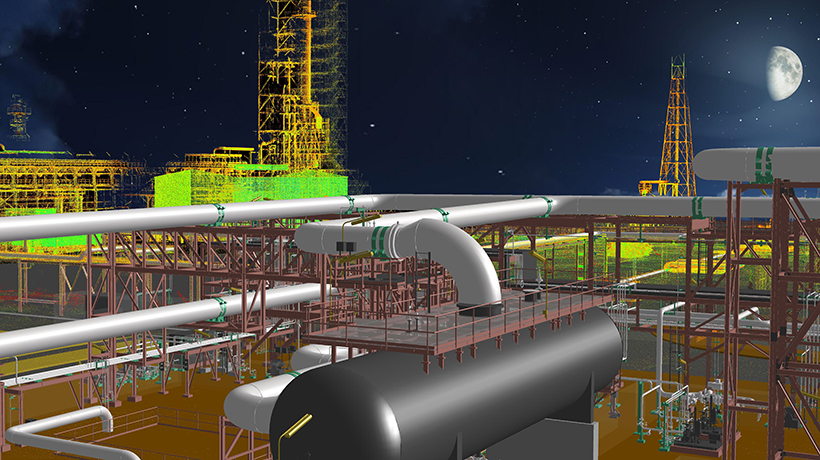
Laser scanning for food production plants
For packaged food manufacturers, the sector’s ever-changing market conditions frequently bring about the need to adapt or customize facilities. After a deal closes and the dust settles, manufacturers are often faced with the logistics of moving product lines in or out of their facilities and/or adapting those facilities to meet changing needs. While every project has unique characteristics, 3D laser scanning is a tool that can benefit all stakeholders by enhancing the project’s speed, reducing costs, improving safety, and helping the project run smoother. At Hive Virtual Plant, we have state-of-the-art 3D laser scanning technology that can be used to assist you with planning your food production plant operations. In this blog, we share some information about how 3D laser scanning can be used in food production plants
Click here to learn more information about our services at Hive Virtual Plant.
What is laser scanning?
Laser scanning, a reality capture method, is extremely useful when the manufacturer has no drawings of the facility or project site, or their drawings are outdated. It’s the quickest, accurate, and efficient way to record the existing conditions of a facility or site.
Rather than manually recording measurements, the engineering team or partnering vendor utilizes laser scanning equipment to obtain 360-degree 3D images of the existing facility. During this process, the scanner gathers data and measurements to create a point cloud, which can then be overlaid into a Building Information Modeling (BIM) or 2D CAD file. The end product is an incredibly realistic and detailed 3D model of the existing facility that serves as a highly accurate as-built drawing.
Using 3D laser scanning for a projects early stages
Using laser scanning at a project’s inception makes full use of its benefits. It’s not unusual for a client to have facility drawings that pre-date plant and maintenance projects that have taken place over the years. These drawings may not reflect the current placement of equipment, ducts, conduits, hoses, or other physical attributes of the space. When this happens, and an engineering team has missing, outdated, or inaccurate facility plans and drawings to work with, the team begins the project at a disadvantage. Clashes are likely to occur during the design process, which, in turn, cause re-work in the design phase or costly field change orders during the construction phase.
3D laser scanning for the design phase
With a laser scan available, design reviews and coordination meetings will proceed more smoothly. All team members can take a virtual tour through the facility without leaving the conference room. Stakeholders are able to make decisions more quickly and efficiently, as they all have current, accurate information at hand. For example, deciding where to place a piece of equipment is as easy as moving its precisely scaled image around within the model.
Benefits of 3D laser scanning in food production plants
With an accurate 3D model available, the project team has better visibility to avoid collisions with the proposed design. Construction managers have accurate information about the facility to work with from the start. The need for field change orders and costly rework is greatly reduced, as is the amount of time needed to complete the project. This minimizes the need for stoppages and downtime. There will be fewer requests for information (RFIs) on basic items when creating drawings for construction because of the full breadth of information available.
Many of today’s projects are run in multiple construction phases. Project teams utilize any and all downtime windows available for construction. During these downtimes, whether maintenance days, weekend shutdowns or holiday shutdowns, the project team usually has a list of items to complete in a short window of time. When the contractor and construction manager begin the construction phase with a coordinated point cloud from laser scanning incorporated in the 3D design, they can be confident that the work will proceed smoothly and that clashes or surprises during the construction window are unlikely to occur.
Laser scanning can minimize travel costs and related expenses. Instead of using outdated as-builts, or manual updates obtained through field visits, a global team can use laser scanning to capture all needed information during a single trip to a facility. The data can be stored for reuse and made available when the time comes to reassess that site. This minimizes the need to repeatedly visit the site to determine equipment layout, utility connections, or other encumbrances.
Finally, the use of laser scanning enables a client to have accurate, up-to-date “as recorded” drawings on-hand after a project is completed. These drawings can come into play downstream during planning, constructability, asset management, or energy modeling. A topographical model of a site can also enhance the process of planning earthwork, construction stockpile, and staging.
There are many instances where 3D laser scanning can be beneficial in food production plants. At Hive Virtual Plant, we have the 3D laser scanning technology that can be utilized in food production plants for a variety of different applications. For more information about this, please feel free to continue browsing through our website. Click here to find our contact information or speak with a representative.
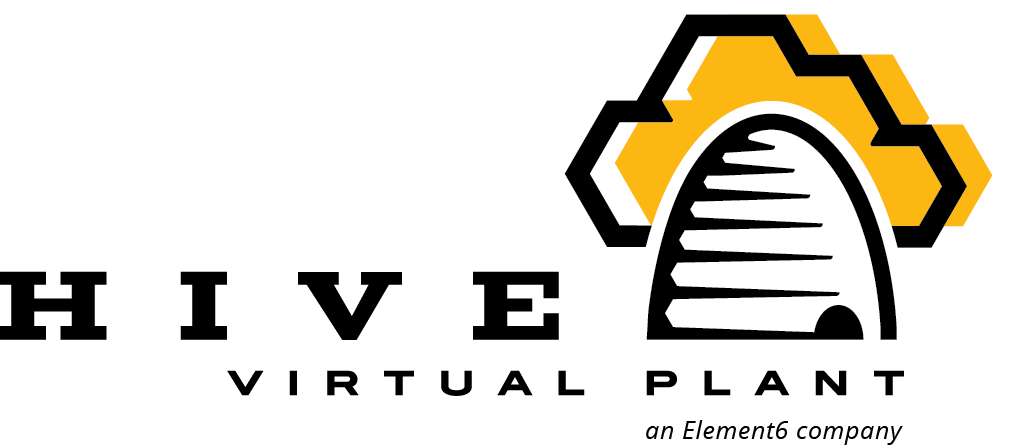
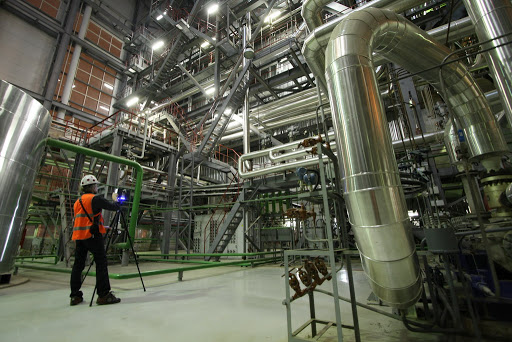
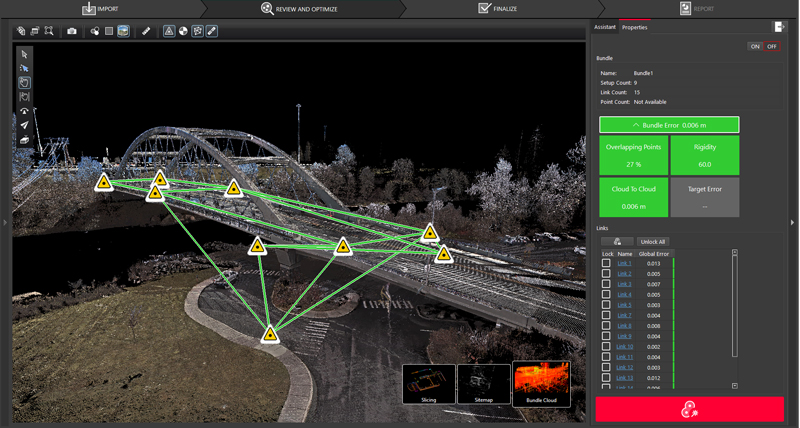


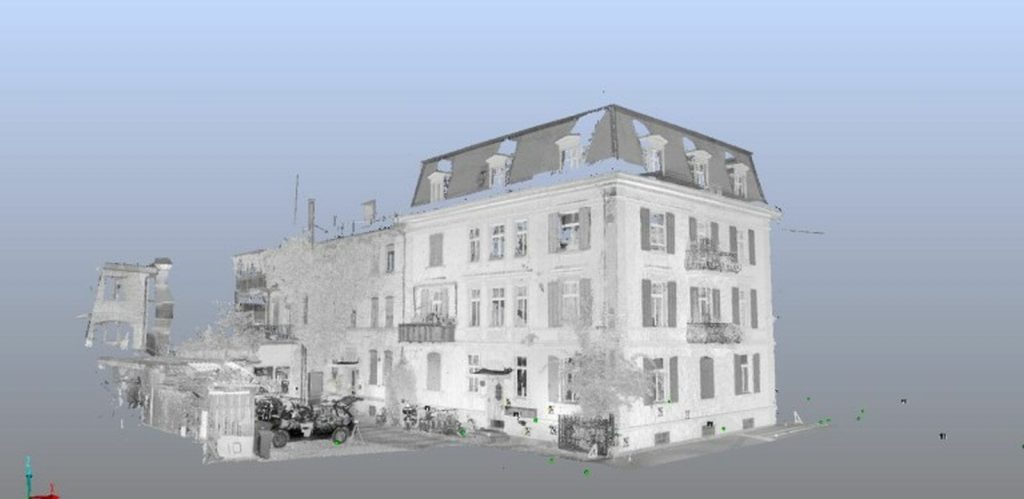
About The Author: Rob Jickling
More posts by Rob Jickling